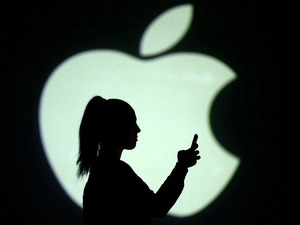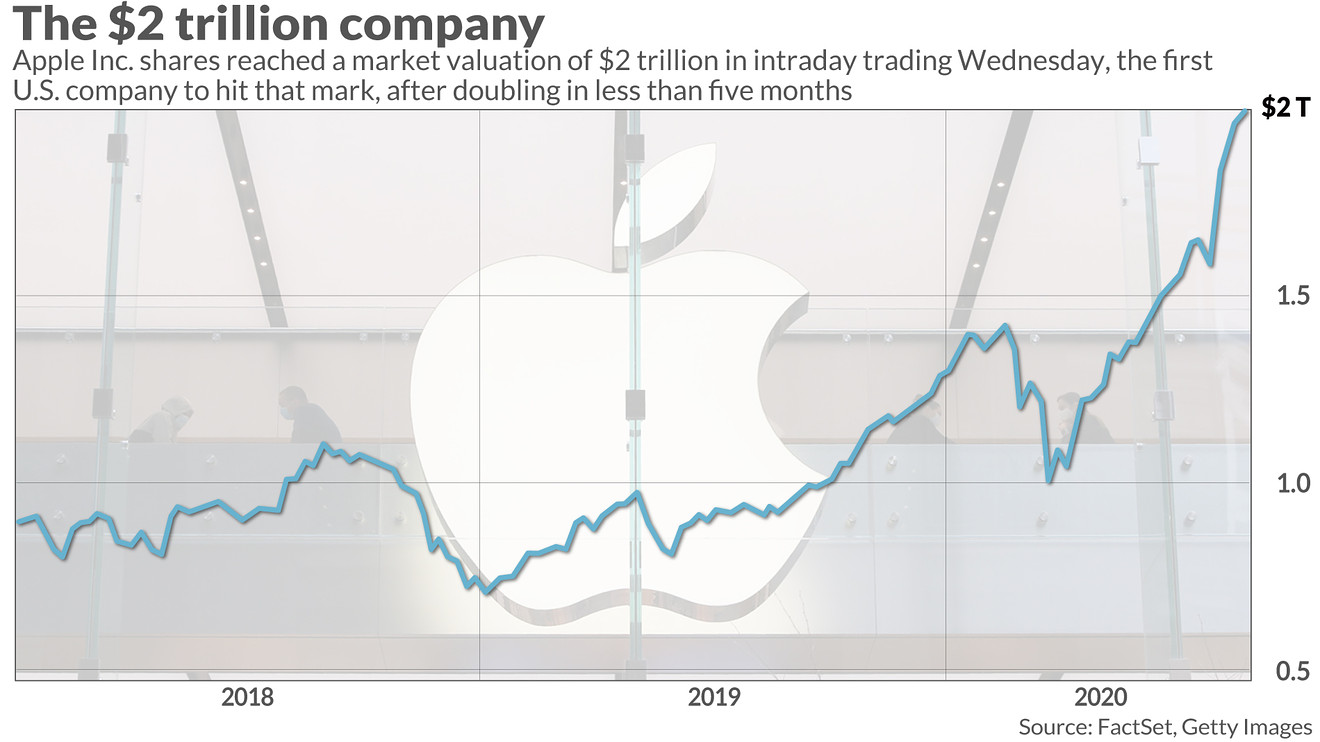Crossing the $ 2 trillion mark:
Apple crossed over the line before 11 am on Wednesday, based on a share count of more than 4.275 billion. The price of its shares rose to $ 467.77 that took them over the line.
As the day went on, Apple dropped its market cap. The company ended the day at $ 1.98 trillion with its shares priced at $ 462.83 apiece.
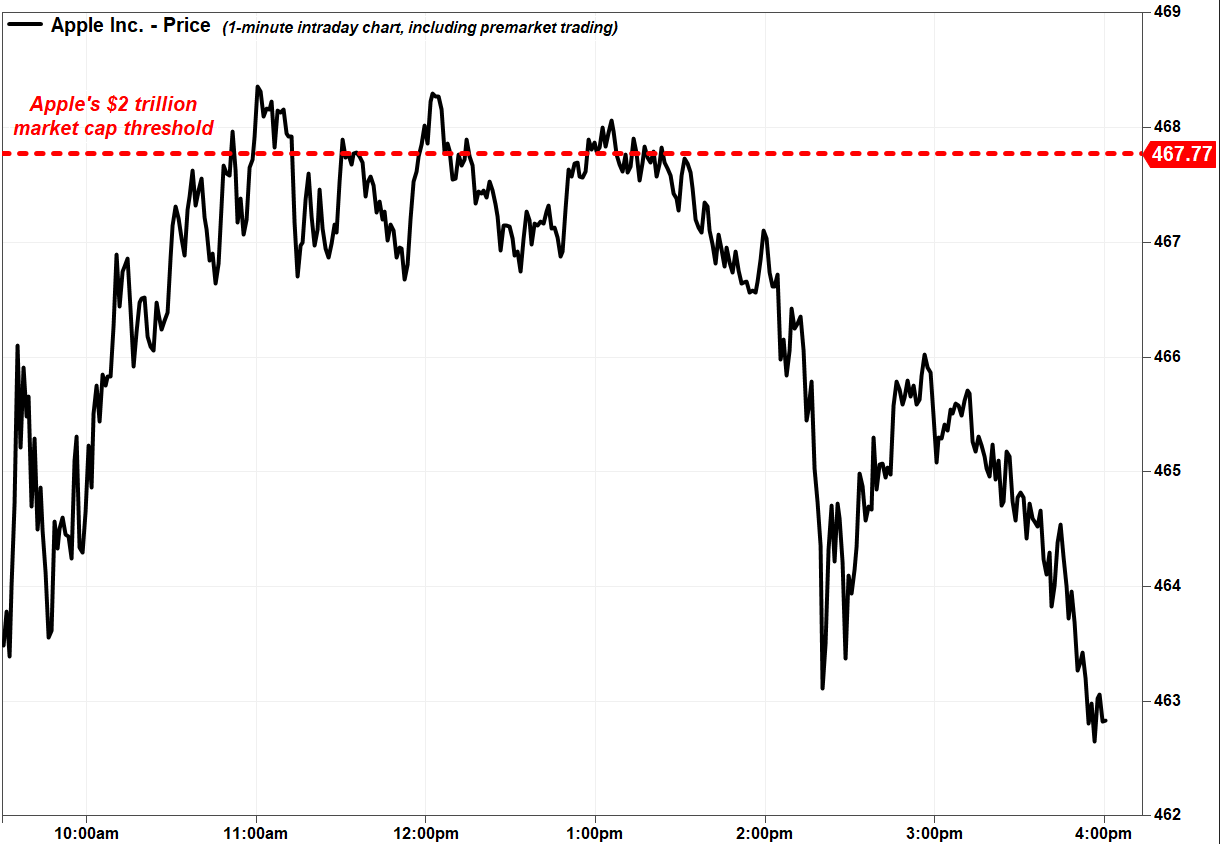
In recent times, seeing the growth of the company, Apple’s breaking the milestone was forecasted a long back. Although forecasted, the milestone was reached much before anyone could have anticipated. The company first reached the valuation of $ 1 trillion back on August 2, 2018. On 31st July, Apple crossed Saudi Aramco, the state-based oil merchants from Saudi Arabia who previously was the most valued company in the world. Surpassing them, Apple took its much-deserved crown to become the most valuable company around the globe.
As the world economy got slowed down due to the COVID-19 pandemic, which put the world in lockdown, Apple saw a growth in its revenue. They marked a strong third quarter which includes $ 59.7 billion in revenue. The company saw a double-digit growth rate in its products and services. Although due to the state forced lockdown and work from home trend coming into the picture, the company found a number of its stores shut its shutters, online purchases overcame the shortcomings of the offline sales.
The share prices of the company raised about 60 percent year to date going through the coronavirus pandemic. The shares have risen more than 120 percent in the last year alone.
Reflecting on Apple’s history:
On 1st April 1976, Steve Jobs, Steve Wozniak, and Ronald Wayne started the Apple Inc company.
During its period of existence, the company has gone through a lot. They came close to bankruptcy and fought their way to the top to become the most valuable company over its course of time.
The start:

In that year the first company logo was also designed. The credit this time goes to Ronald Wayne. The first partnership agreements for the trio was also framed. However, Ronald Wayne gave up his share of 10 percent of the company’s stake just days later to avoid financial risk.
On January 3rd, 1977, the company was incorporated.
In that year the company unveiled Apple 2. The product got huge success in the industry. Mike Markkula invested $ 92000 in the company and helped them secure credit and additional venture capital. He also helped to recruit Michael Scott from National Semiconductor as the first CEO of Apple inc.
Two years since, under the interface expert Jef Raskin, a new project has gotten started. Raskin named the computer that he designed after his favorite fruit, McIntosh Apple.
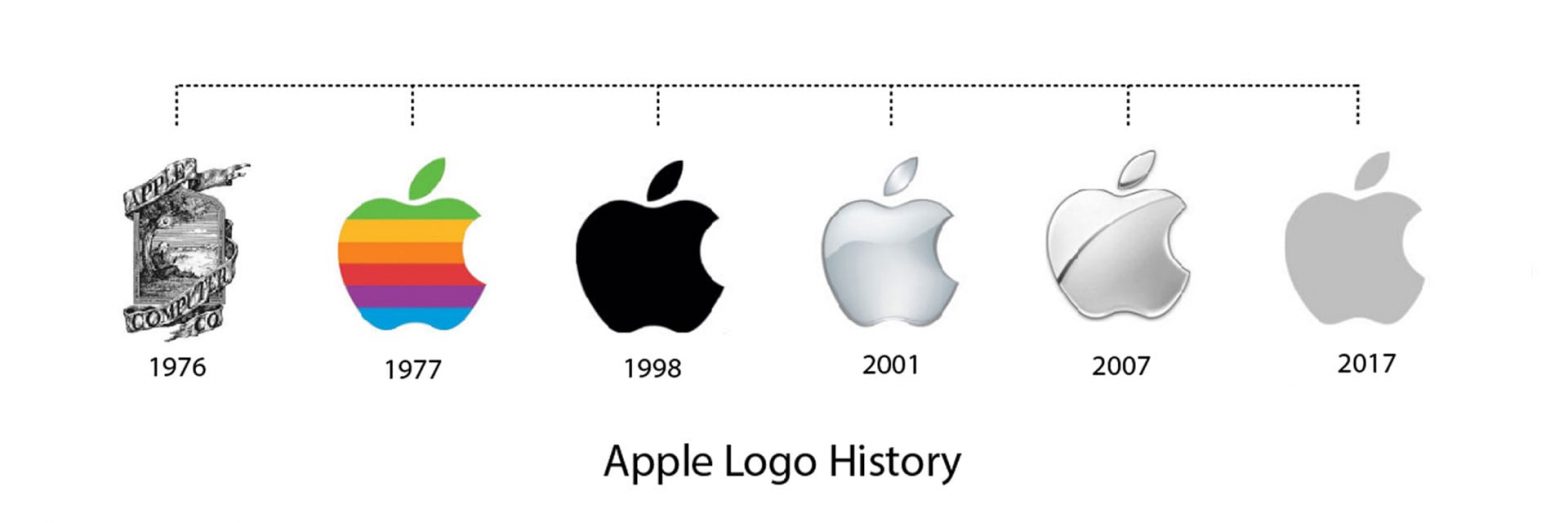
Another project began development under Ken Rothmuller. The project was named “The Lisa Project”. During the first stage of the development of Lisa, it was predicted to ship from 1981.
December 12, 1980, Apple launched its IPO to become a publicly-traded company. The company sold 4.2 million shares for $22 each.
The struggle:
In 1981, IBM launched its personal computer for a low price of $ 1565. Apple’s project Lisa, although was projected to ship that year, got delayed. The incidents together took a toll on a fair bit of Apple’s market share. Internally also the company had hit a rough patch. Markkula took the president’s chair as Scott was replaced and Jobs became the chairman of the company. Wozniak took a leave of absence.
The following year Jef Raskin resigns as Jobs took over the Macintosh project after being forced out of the Lisa project.
On January 19, 1983, Apple launched the much-hyped Lisa. The project fell face forward into the ground as the company sold only 100,000 units. The computer being expensive made it harder and unnecessary for most people to acquire. They cost $ 9995 per computer. The Motorola 68000 processor used in the computer did not give much performance, rather struggled to run the complex Lisa interface. The overpriced, underperforming personal computer became a huge flop in the market.
John Sculley, the then president of Pepsi-Cola was convinced by Steve Jobs to join the company as president in January 1983. According to several sources and rumors, Jobs asked Sculley, “Do you want to sell sugared water for the rest of your life? Or do you want to come with me and change the world?”, which brought him to the company.
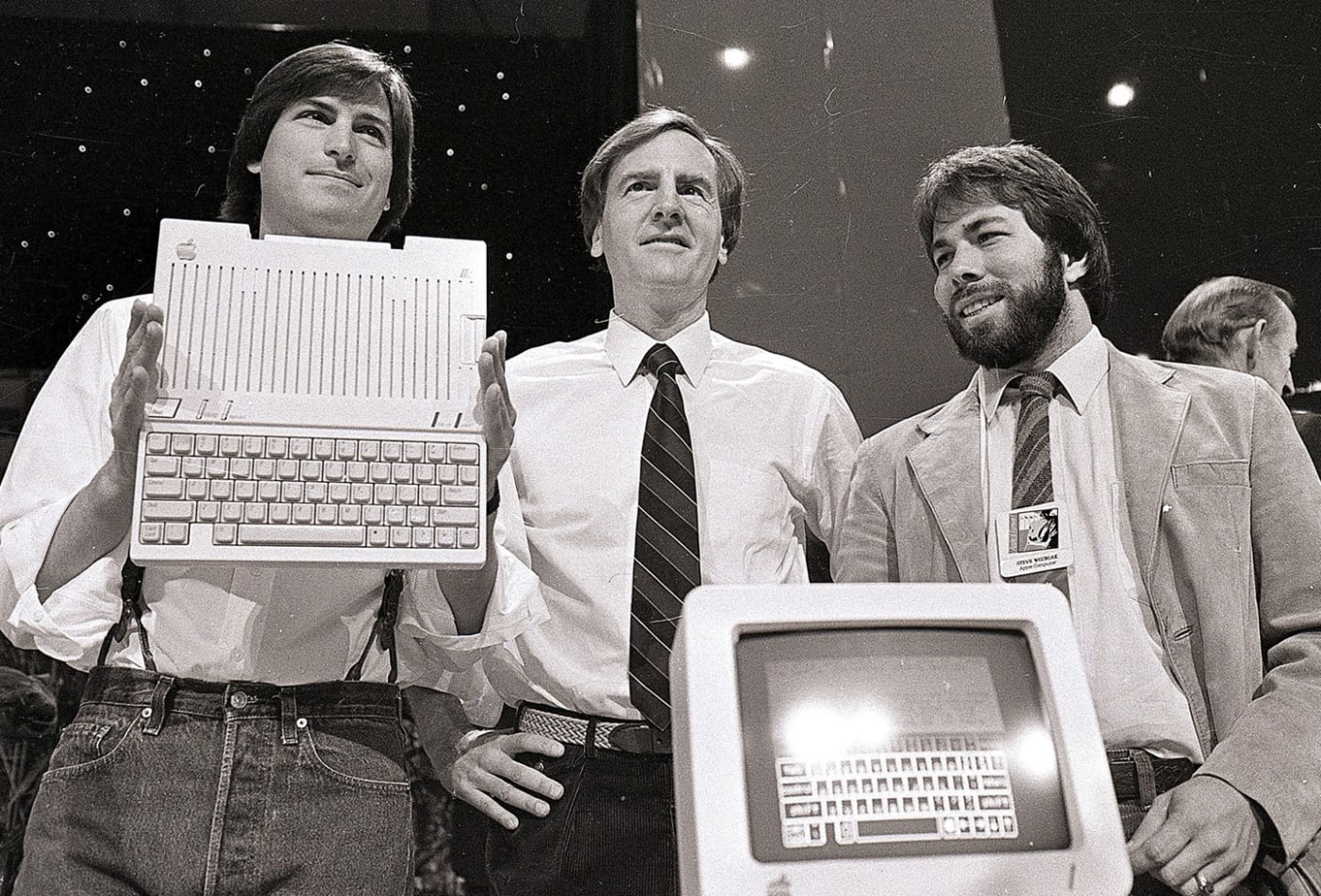
The year 1984 is looked back for a different reason in the company’s history. Not because of any technological wonders being built, but because this year, Apple circulated, perhaps the most popular and iconic advertisement in the history of television. Based on George Orwell’s novel “1984”, Apple launched the spinoff advertisement providing the message of the company’s intention to combat Big Brother in the industry. (Interpreted by many that the Big Brother then was IBM)
On January 24th of 1984, Macintosh was revealed to the public by Steve Jobs during the annual share holder’s meeting.
The following year Jobs resigns from the company’s chair as the internal power struggle between him and the then CEO John Sculley escalated. Later that year, Jobs founded the NeXT computers with some other Apple employees.

In 1991 Apple partnered with IBM to create PowerPC based computers. In October 1991, Apple released the PowerBook series.
John Sculley resigned from his CEO post in May 1993. Michael Spindler took over the position.
The company also introduced the market to its new personal assistant device Newton which was started development in 1987. Seeing not much success in the market, production of the unit was halted on February 27, 1998.
In 1994, Apple launched the power PC based desktops and notebooks.
The following year Windows 95 was released. The platform soon emerged to have potential and become a major competitor to the Mac OS of Apple.
Michael Spindler was succeeded as CEO by Gil Amelio, a board member in 1996.
In ’97 Apple completed its acquisition of NeXT to bring Jobs back in the company that he co-founded. Apple reached the financial bottom as its stock reached a record 12 year low during the second quarter. The company lost $700 million. Jobs convinced the board to remove Amelio as the CEO. Less than a week later, Amelio resigns from his post. Later in 2010, looking back, Jobs said, “We were 90 days from going bankrupt”
After Amelio resigned, Jobs claimed the position of interim CEO and focused to simplify the product lineup and give credits to talents like Jonny Ive.
Using NeXT’s web-object web application Apple built its website to launch an online store and introduced its new “built to order” policy.
The rise:
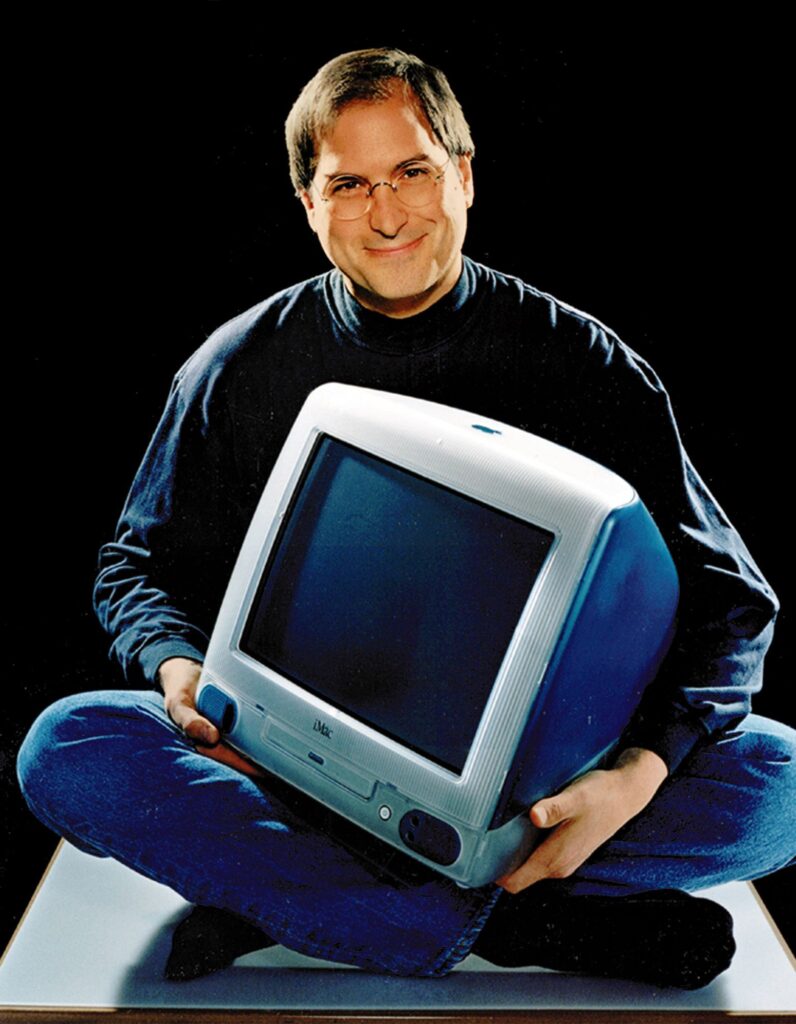
Apple unveiled iBook on June 21, 1999. Primarily a second device with the same concept as of iMac. The product was lined up alongside the PowerBook series in the lower end of the economic spectrum.
At Macworld, January 2000, Steve Jobs announced that he was elected as the permanent CEO as the “interim” term was dropped from his designation.
Apple’s first two stores were inaugurated in 2001. The stores were located at Tysons Corner, Virginia, and Glendale, California. The stores received 7700 footfall and transacted $599,000 during its first two day weekend.
In the next year, two dozen more Apple retail stores were opened across the United States of America.
January 9, 2001, saw Steve Jobs introduce iTunes media player. Based on the NeXTSTEP platform OS X was designed and introduced in March.
In October during an event, Jobs launched the iPod. He termed the product as a “quantum leap that allows you to fit your whole music library in your pocket.” The product, like the iMac, would become the main cause of the company’s turnaround.
In April 2003, Apple launched the iTunes store. The following year, in January Apple, introduced iPod mini. January of 2005 saw Apple introduce iPod shuffle and then in September introduced iPod nano.
On January 10, 2006, Apple released MacBook Pro with Intel architecture. In May apple brought its product MacBook, iBook’s successor into its product lineup.
2007 saw a groundbreaking product get introduced. The launch of the iPhone by Steve Jobs is a leap into a new universe as the technology and consumer’s perception of the technology changed overnight after the launch. The product was marketed as an iPod with a wider and touch screen, a revolutionary mobile phone capable of internet connection which was never seen before.
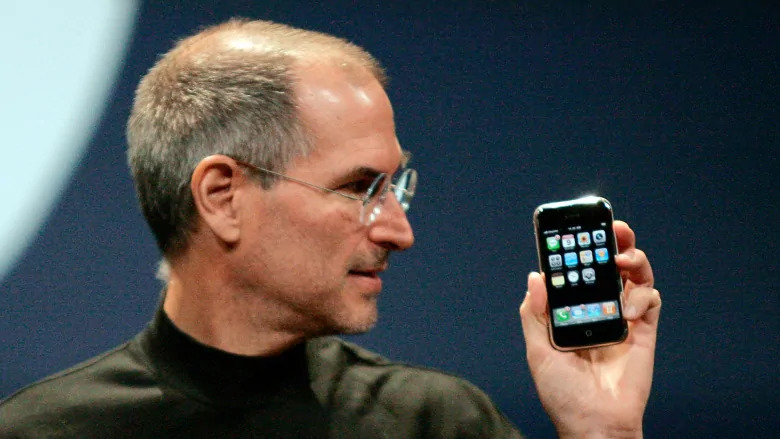
On January 9, 2007, Apple released Apple TV. September saw the introduction of iPod touch.
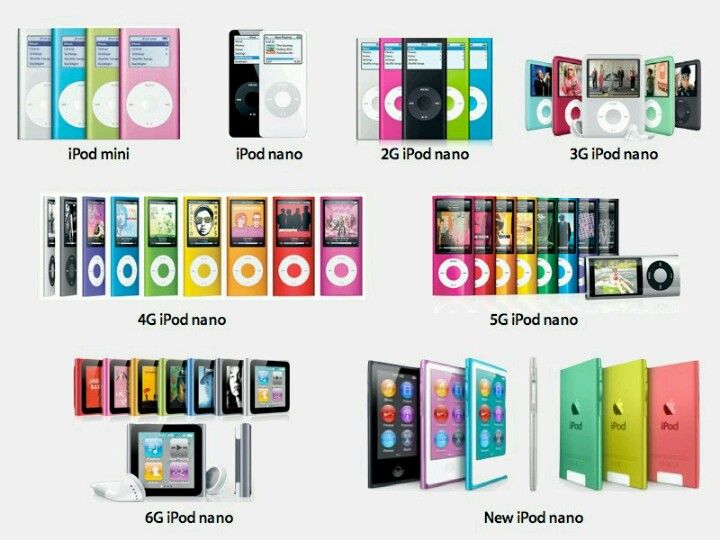
Apple, in 2007 launched the thinnest notebook ever naming it the MacBook air. On July 10th, 2008 the company launched AppStore.
Apple surpassed ExxonMobil on August 9, 2011, and became the most valuable publicly traded US company. The market cap exceeded $337 billion.
With passing time Apple has added multiple products to its list. Although the recent antitrust investigations against the company, little to no effect of that can be found in sales of the company’s products. With iPads and Apple watches and improvements to its existing products Apple never had to look back since. Rather on the contrary, with passing time Apple reached out to more people and only became bigger in worth. The milestone of a $2 trillion market cap for a tech-based company only shows the potential of the market. With new investments in India, this night just is a start for the company as they might go on to break a few more milestones along their way.

